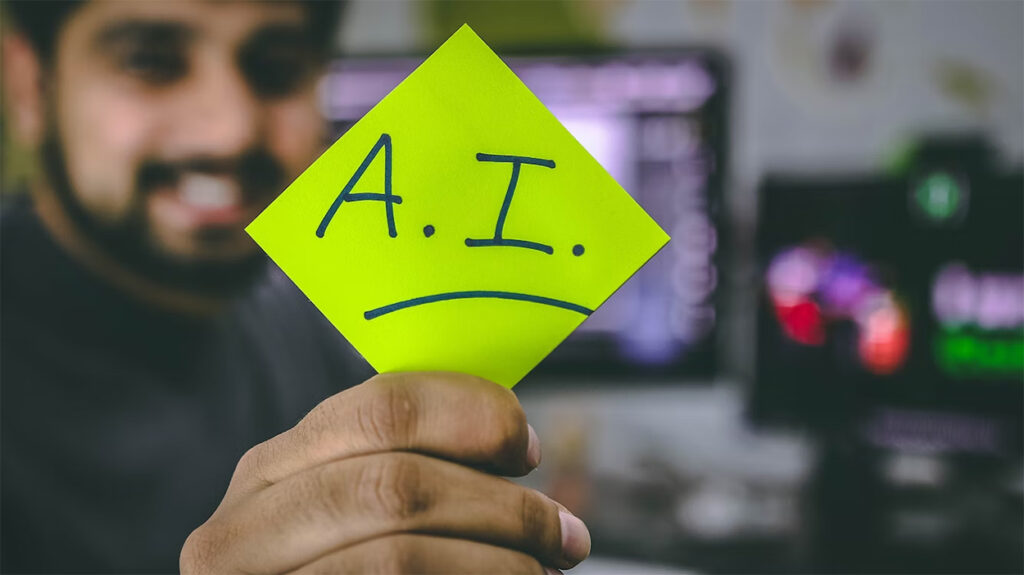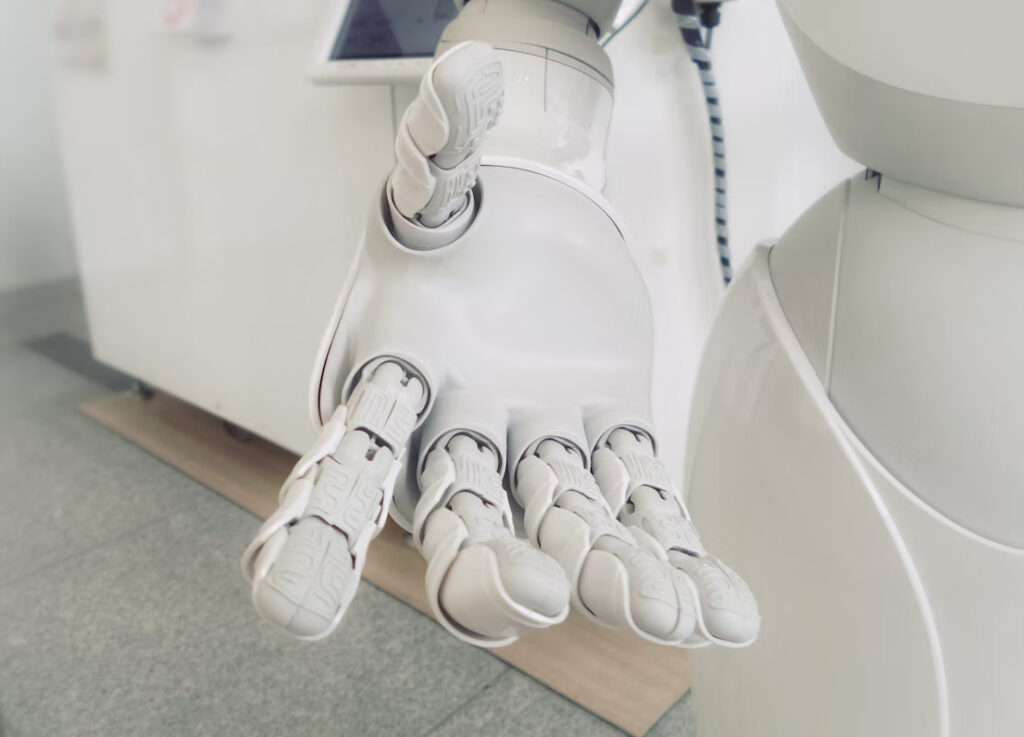Top 3 AI Predictions for 2023
There has been a surge in artificial intelligence’s popularity in the past couple of years, as the public and businesses have seen examples of the technology’s potential applications first-hand. Organizations like OpenAI have released waves of demos, such as the advanced ChatGPT, attracting attention from tech giants like Microsoft.
On the other hand, Stable Diffusion and Midjourney have taken the limelight and drawn the ire of companies like Getty Images and angering artists, thanks in no small part to their text-to-image generators that enable users to produce their art instead of spending on the services of content creators.
Many experts believe AI to be a primary engine for innovation as more and more organizations begin to adopt and harness its potential. And amid its rapid acceleration, we’ve listed some predictions on how the technology will evolve and change in 2023.
- Natural language processing’s watershed moment
In its simplest term, NLP is a computer science branch that involves teaching computer systems on how to understand speech and text. Some artificial intelligence solutions utilizing it that have been launched include the controversial Galactica of Meta and ChatGPT. The NLP systems market is predicted to be worth over three-hundred billion dollars by 2030, because of its applications in research, chatbots, and speech recognition.
NLP is a field of artificial intelligence that isn’t necessarily restricted by data. Unlike having to train self-driving vehicles, it doesn’t need a lot of time to collect data, and with its ongoing advancements, systems in deep learning will be able to merge languages, real-life detection of objects, and images to develop models replicating human intelligence. For this reason, many are continuously exploring its applications.
- Boost cybersecurity and threats
Many experts have pointed out artificial intelligence’s potential in shaking up cybersecurity by enhancing defenses while creating possibilities for new threats. They believe that advances in machine learning and AI will help IT teams in becoming more agile regarding the reaction to threats and overcome challenges in previous approaches and practices of addressing issues manually. By leveraging the best solutions and platforms, organizations can improve their protection and adaptability to changing conditions.
Concurrently, it also has the potential to provide threat actors with opportunities to exploit vulnerabilities quickly. One example is deep fakes, which are now utilized to infiltrate companies.
- Increased risk assessment
There has been an increase in risk assessment for AI, with the EU moving forward with the AIA, a legal framework aiming to address some problems associated with the technology’s uses. It categorizes the system into different risk levels, namely minimal, limited, high, and unacceptable. Many expect the regulation to be proposed this year and enter in full force by 2024.
Conclusion
With all of its advancements and applications, no one can deny that 2023 is going to be another year of high-growth for artificial intelligence. With its host of existing prospective applications, strides in innovation and efficiency, and an increased focus on more responsible practices, it will become a disruptive force across many industries in years to come.


